A Swedish model suffered severe brain injury in an accident during which she was hit by a bus while riding her bike on Roosevelt Island in New York City
 29 year old Anna Maria Mostrom, a Swedish model, was riding her bicycle on Main St., Roosevelt Island, NYC, when she was struck by a New York City bus making a left turn. The woman fell on the ground and sustained severe brain injuries. She was transported to the hospital where she already has undergone two surgeries. According to the NY Daily News, the young woman is brain dead and her prognosis is bleak.
29 year old Anna Maria Mostrom, a Swedish model, was riding her bicycle on Main St., Roosevelt Island, NYC, when she was struck by a New York City bus making a left turn. The woman fell on the ground and sustained severe brain injuries. She was transported to the hospital where she already has undergone two surgeries. According to the NY Daily News, the young woman is brain dead and her prognosis is bleak.
Picture: Facebook
 New York Personal Injury Attorneys Blog
New York Personal Injury Attorneys Blog


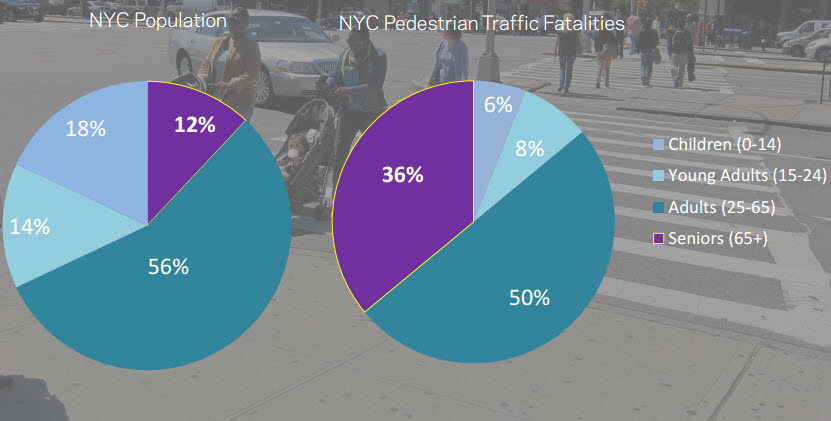
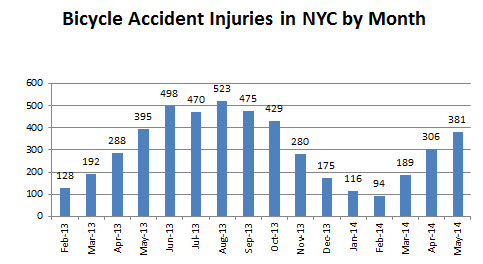
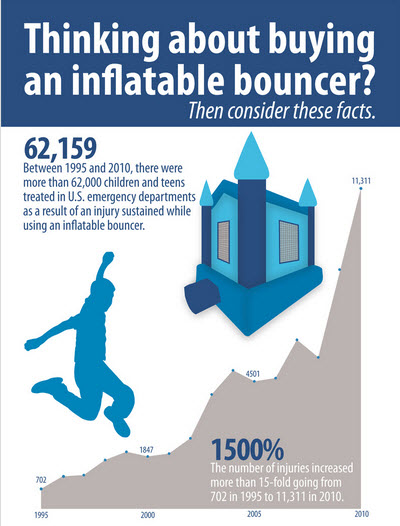
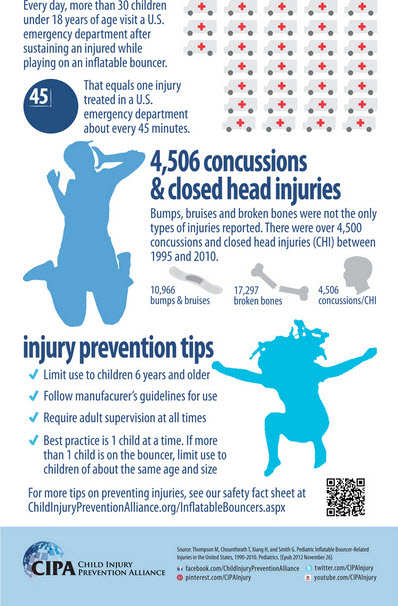
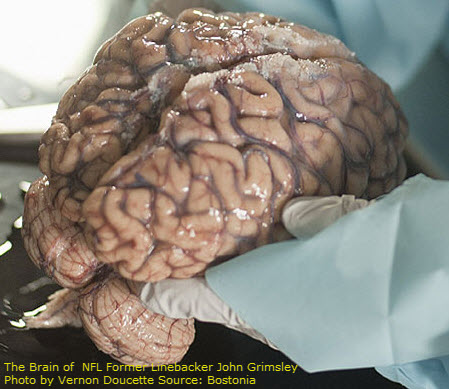 New research from the
New research from the 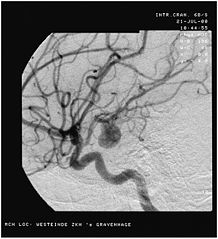 In order to prevent
In order to prevent 